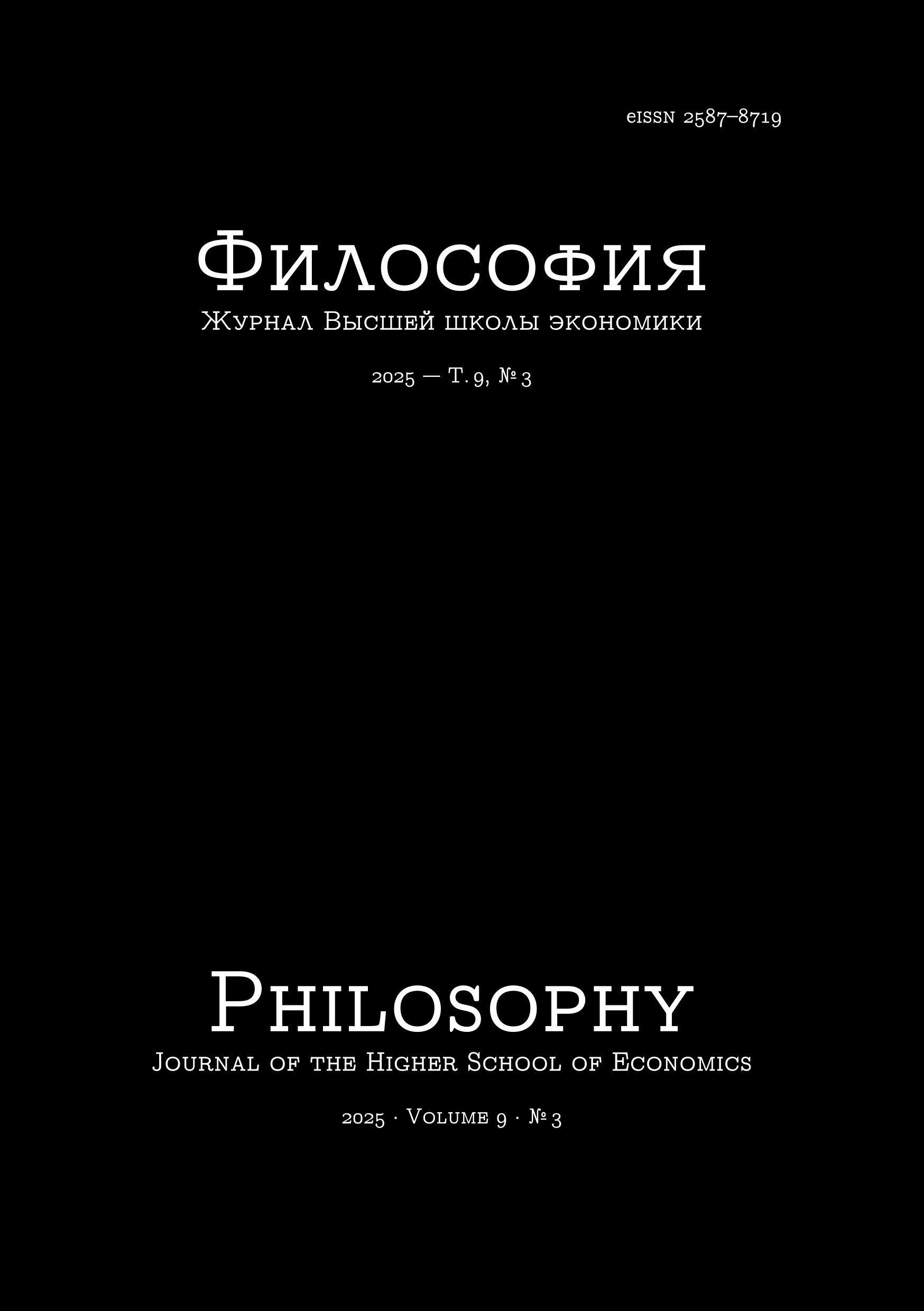In the Eye of Cézanne, in the Spirit of Merleau-Ponty
The Dialectic of Seeing-Seen in Landscapes, Still Lifes and Portraits
Abstract
The article analyzes the painting of Paul Cézanne through the fundamental relationship seeing-seen (voyant-visible), set out in the phenomenological teaching of Maurice Merleau-Ponty and conceptualized by us as the “dialectic of the seeing-seen”. For Merleau-Ponty, Cézanne had a special status as a “painter of painting”: the phenomenology of visible of Merleau-Ponty and his interpretation of Cézanne's works are built on each other. However, the philosopher himself and researchers did not systematically superimpose the dialectic of seeing-seen on Cézanne, which is why our article is the original extension of the work of Merleau-Ponty himself. The proposed approach is interdisciplinary, since in addition to the apparatus of the phenomenology of visible itself, it also uses art history formal analysis. We consider the origins of the special status of Cézanne's painting for Merleau-Ponty through the artist's works themselves and offer the extension of Merleau-Ponty's interpretation of the philosophical content of his painting. We apply the dialectic of seeing-seen both to painting as an artifact and to the act of painting itself in relation to (i) how the artist sees and (ii) what exactly is seen. We distinguish three areas of the visible in painting (nature, an artifact, and the Other) on the basis of Merleau-Ponty's phenomenology and note that they resonate with three painting genres: landscape, still life, and portrait. We also, in the spirit of the phenomenology of visible, conceptualize, on the basis of Cezanne's painting, two poles of painting vision: “gestalt-inarticulate” and “formed-naming”.
Downloads
Copyright (c) 2025 Philosophy Journal of the Higher School of Economics

This work is licensed under a Creative Commons Attribution-NonCommercial 4.0 International License.






